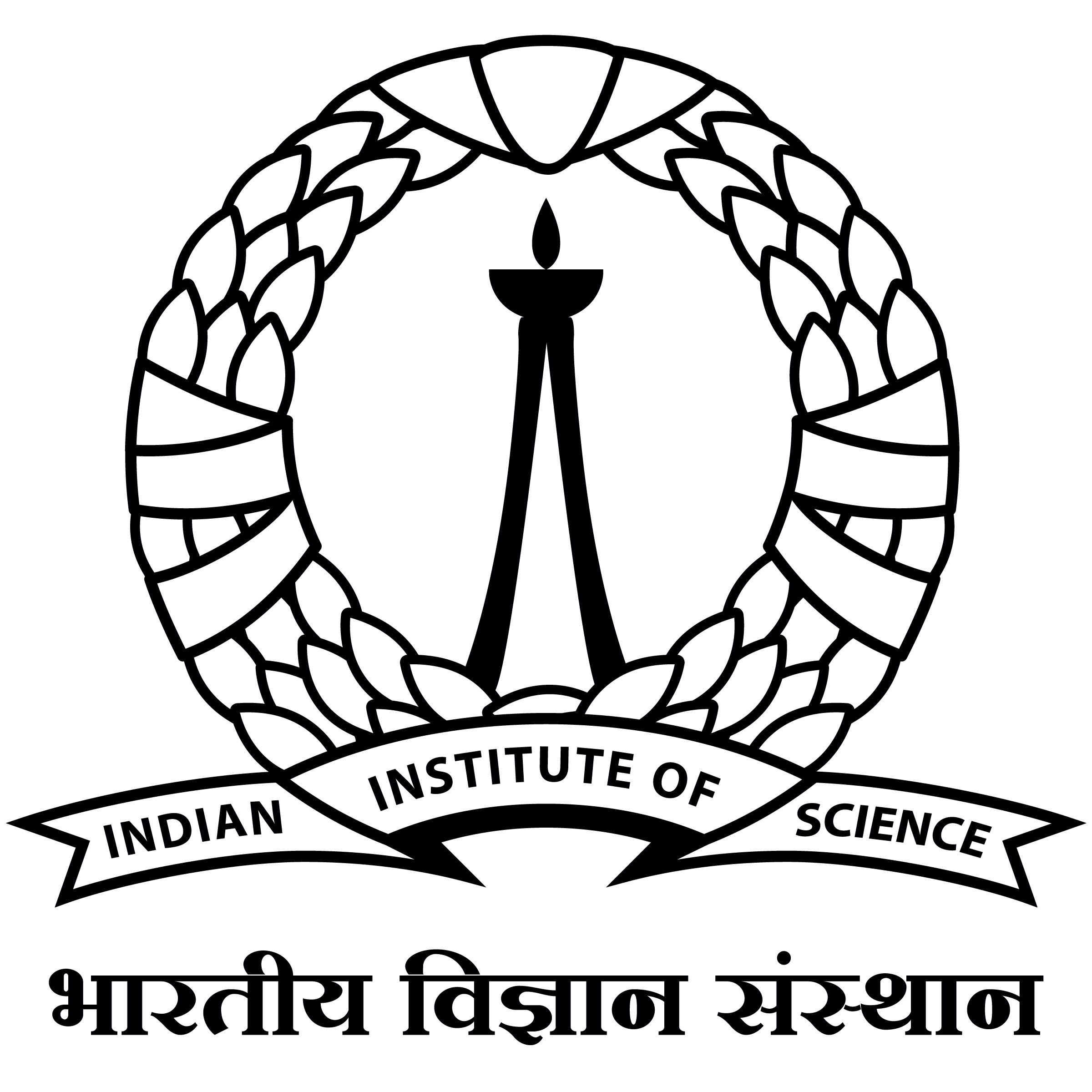Synthesis of 3D on-air signatures with the Sigma-Lognormal model
Signature synthesis is a computation technique that generates artificial specimens which can support decision making in automatic signature verification. A lot of work has been dedicated to this subject, which centres on synthesizing dynamic and static two-dimensional handwriting on canvas. This paper proposes a framework to generate synthetic 3D on-air signatures exploiting the lognormality principle, which mimics the complex neuromotor control processes at play as the fingertip moves. Addressing the usual cases involving the development of artificial individuals and duplicated samples, this paper contributes to the synthesis of: (1) the trajectory and velocity of entirely 3D new signatures; (2) kinematic information when only the 3D trajectory of the signature is known, and (3) duplicate samples of 3D real signatures. Validation was conducted by generating synthetic 3D signature databases mimicking real ones and showing that automatic signature verifications of genuine and skilled forgeries report performances similar to those of real and synthetic databases. We also observed that training 3D automatic signature verifiers with duplicates can reduce errors. We further demonstrated that our proposal is also valid for synthesizing 3D air writing and gestures. Finally, a perception test confirmed the human likeness of the generated specimens. The databases generated are publicly available, only for research purposes, at .

